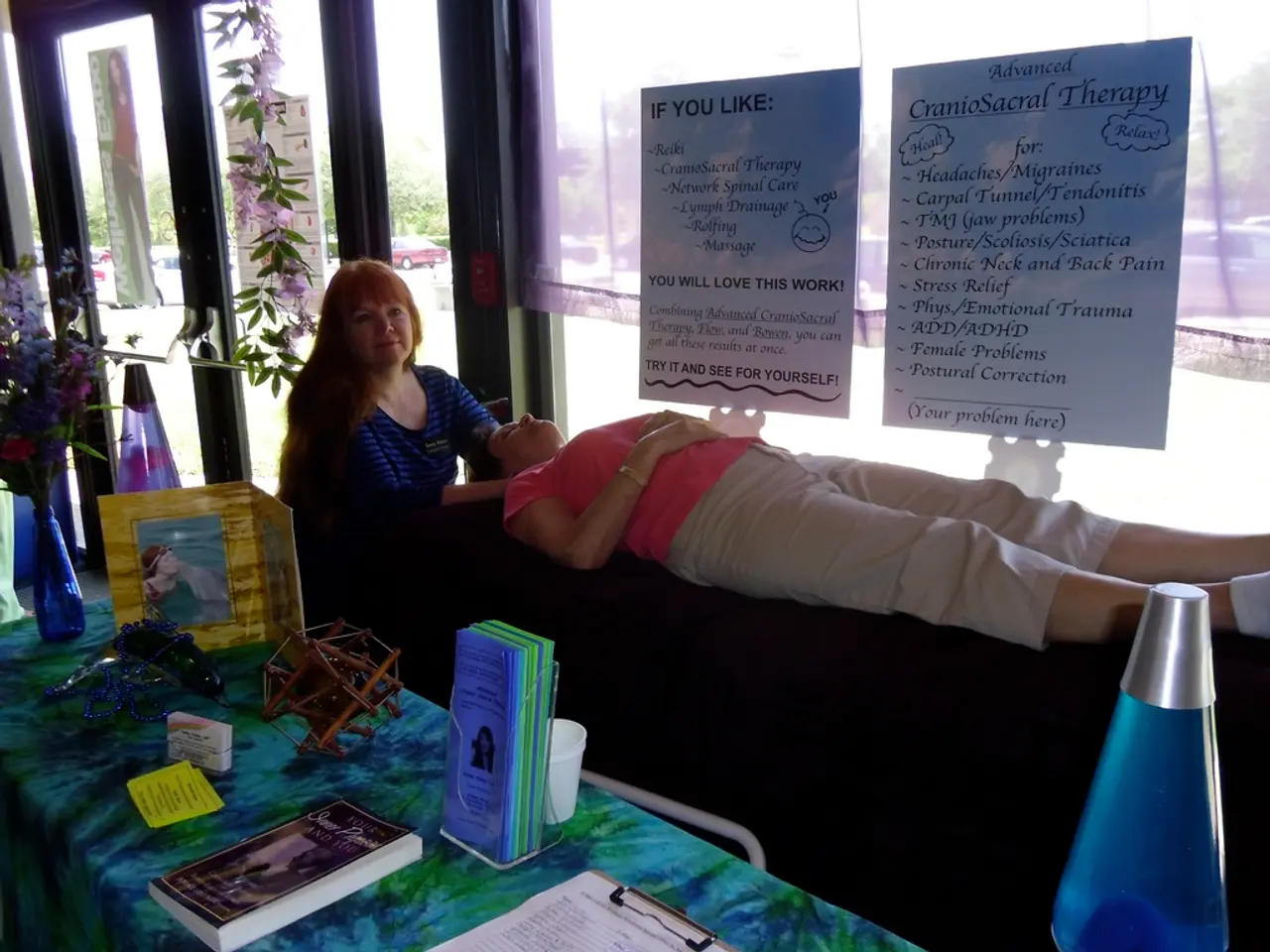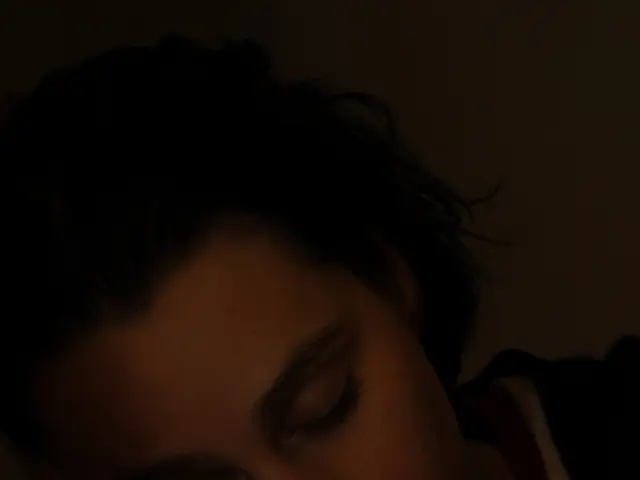Can you effectively condition your mind to alleviate persistent back pain?
In a groundbreaking study conducted by researchers at the University of Colorado Anschutz Medical Campus, the effectiveness of Pain Reprocessing Therapy (PRT) for chronic back pain has been confirmed. The study, published in a renowned journal, provides new evidence supporting the use of brain-based treatments for this debilitating condition.
Dr. Yoni Ashar, the lead study author, emphasized the significance of the findings, stating, "Pain is always real, and the brain changes causing chronic pain are reversible."
Chronic back pain, one of the most common types of pain experienced globally, affects an estimated 20% of the world's population. Symptoms include persistent pain, swelling in the back, difficulty urinating, fever, unintended weight loss, and pain that extends to the legs, hips, buttocks, and/or past the knees.
The study focused on the impact of Pain Reprocessing Therapy on individuals with chronic back pain. Participants who underwent the therapy reported a full or nearly full recovery, while only 20% of the placebo group saw similar results.
PRT is a psychological treatment that teaches people to recognize pain signals sent to the brain as less threatening. This approach leverages the brain’s neuroplasticity to reinterpret pain sensations, decrease fear and threat perceptions associated with pain, and refocus attention away from pain signals.
The key steps in this process include understanding pain as a brain output, recognizing false threats, practicing mindfulness and emotional regulation, cognitive reprocessing, movement retraining, and consistent practice and emotional processing.
Dr. Ilan Danan, a sports neurologist and pain management specialist, highlighted the study's confirmation of the connections between the brain and how one perceives and interprets pain. He believes that the more people understand about indirect ways to address chronic pain, the more buy-in from patients will be obtained for these approaches.
Previous research has shown that behavioral modification techniques like meditation and cognitive behavioral therapy are helpful treatment options for chronic back pain. The study by the University of Colorado Anschutz Medical Campus builds upon this work, demonstrating the potential of PRT as a powerful tool in managing chronic back pain.
Dr. Jian Guan, a neurosurgeon, noted the importance of people with chronic back pain being in the right mental space for treatment. He believes that the study shows the importance of being in a good mental space for chronic back pain treatment.
In addition to PRT, treatment options for chronic back pain include medications, physical therapy, acupuncture, epidural steroid injections, and surgery. However, the study's findings suggest that PRT could offer a non-invasive, drug-free solution for many patients.
A 2018 study found that people with chronic low back pain had increased activity in certain parts of their brain involved in the release of dopamine, a "feel good" hormone that also helps relieve pain. Before pain reprocessing therapy, only 10% of study participants' pain attributions were mind- or brain-related. Afterward, that percentage increased to 51%.
Supporting methods for PRT include Mindfulness-Based Stress Reduction (MBSR), combining meditation and gentle yoga, pain neuroscience education, explaining how pain works neurologically, Cognitive Behavioral Therapy (CBT) and Acceptance and Commitment Therapy (ACT) to manage thoughts, emotions, and behaviors related to chronic pain.
In conclusion, Pain Reprocessing Therapy offers a structured mental retraining encompassing education, mindfulness, cognitive reframing, emotional regulation, and gradual movement retraining to reduce chronic back pain by altering the brain’s pain processing pathways rather than focusing on physical injury alone. This innovative approach could provide hope for the millions of people worldwide living with chronic back pain.
- The study conducted by researchers at the University of Colorado Anschutz Medical Campus confirmed the effectiveness of Pain Reprocessing Therapy (PRT) for chronic back pain, a debilitating condition affecting an estimated 20% of the world's population.
- PRT is a psychological treatment that leverages the brain’s neuroplasticity to reinterpret pain sensations, decrease fear and threat perceptions associated with pain, and refocus attention away from pain signals.
- The study found that before pain reprocessing therapy, only 10% of study participants' pain attributions were mind- or brain-related. Afterward, that percentage increased to 51%.
- Supporting methods for PRT include Mindfulness-Based Stress Reduction (MBSR), cognitive behavioral therapy (CBT), Acceptance and Commitment Therapy (ACT), and pain neuroscience education.
- In addition to PRT, treatment options for chronic back pain include medications, physical therapy, acupuncture, epidural steroid injections, surgery, and recently, the use of CBD for managing chronic pain and inflammation.
- The study's findings suggest that PRT could offer a non-invasive, drug-free solution for many patients living with chronic back pain, thereby contributing to the field of health and wellness and mental health, particularly in the management of chronic diseases like chronic back pain and chronic kidney disease.





